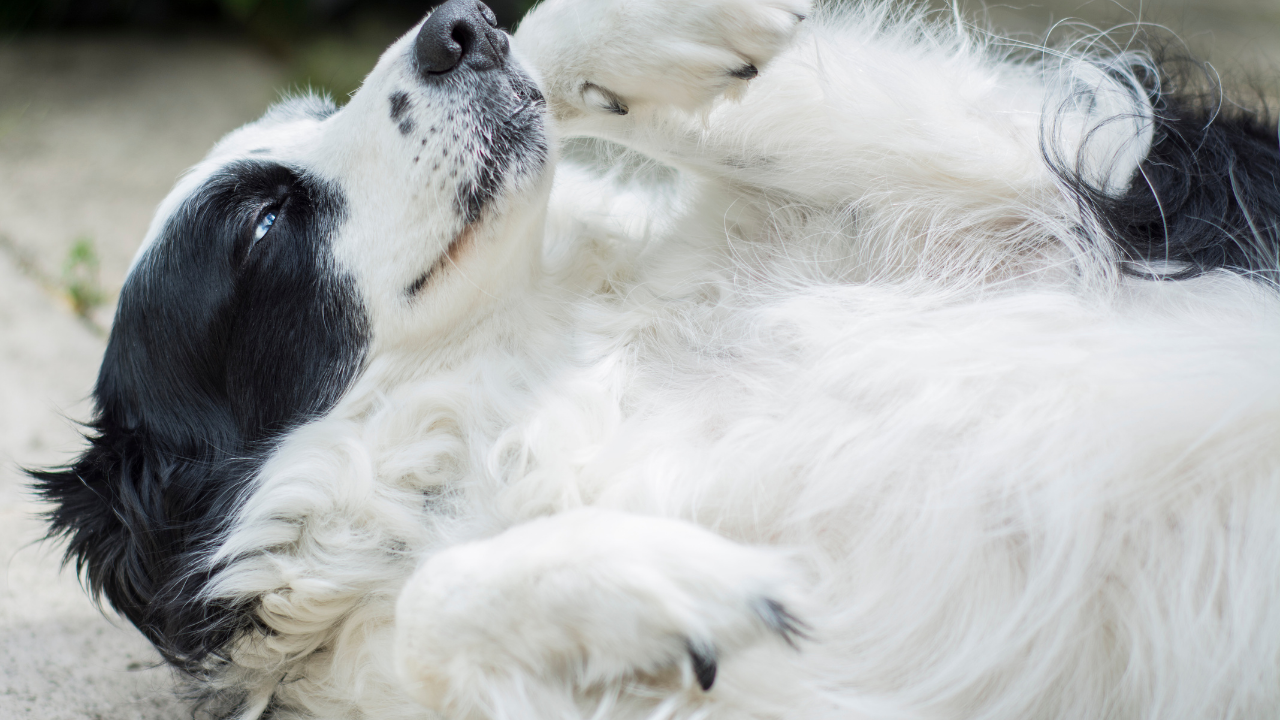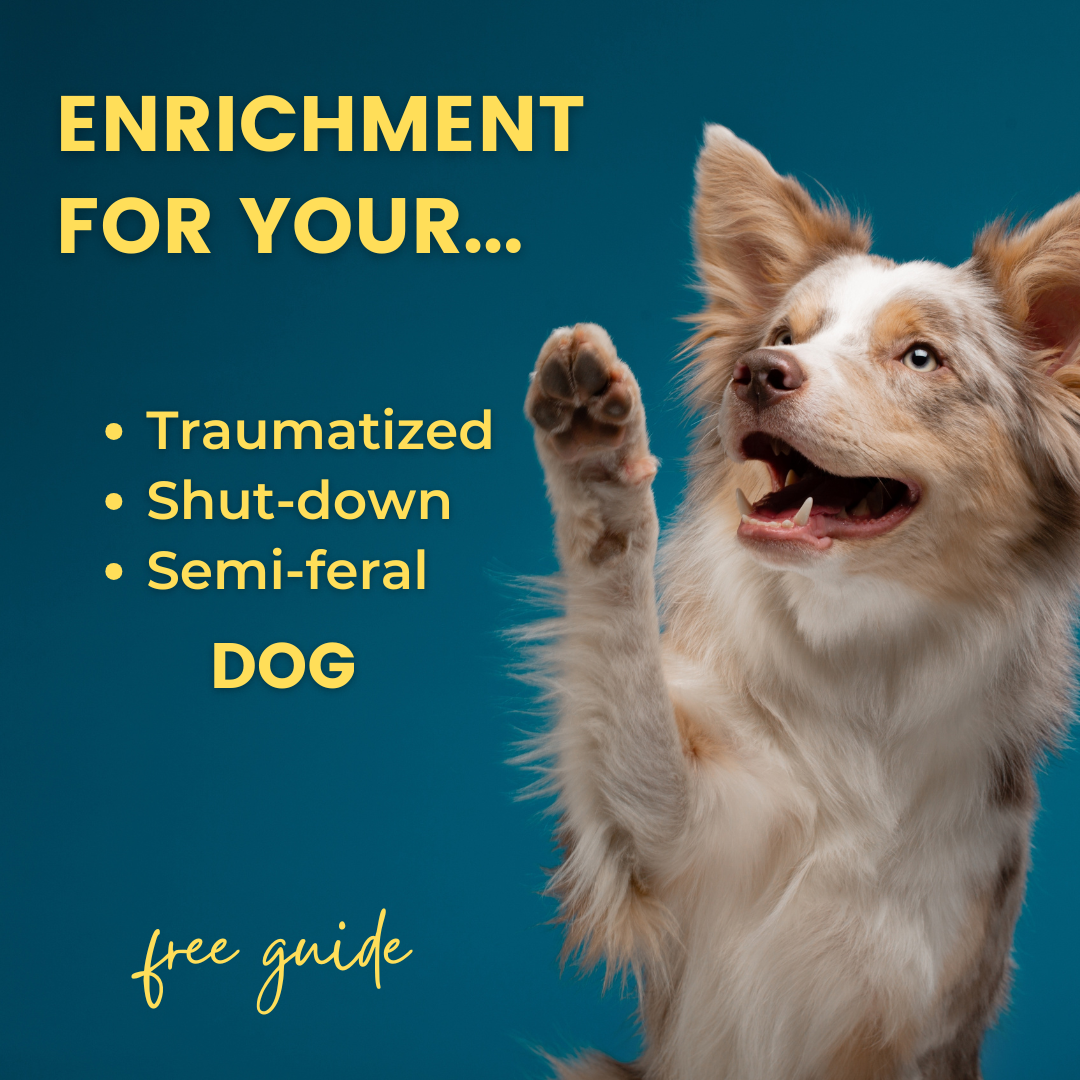Rolling Over: Does Your Dog Want Belly Rubs?
May 23, 2022
How can you tell if a dog who rolls over wants belly rubs, or is scared? Many fearful dogs roll over when approached, and don't want to be touched. This week, I go over what to look for when deciding whether to try to pet a dog. We can gather cues about whether a dog might enjoy touch, based on their body language.
What Is Body Language?
Body language is observable behavior that we think is correlated with a dog's emotions or motivations. Understanding dog body language is useful because smaller behaviors thought to be associated with fear or discomfort, like lip licking, ear pinning, or a tucked tail, can be precursors to "bigger", more problematic behaviors like snapping or biting. Also valuable is what this tells us about what our dog likes and dislikes. If your dog exhibits any of these behaviors when you approach or touch them, your dog might find approach or touch aversive. When we know what our dogs dislike, we can avoid those things or, if they can't be avoided, focus training efforts on changing how they respond to them.
While there is sometimes disagreement even among professionals when interpreting subtle body language signs, many signs of fear or anxiety in dogs are widely agreed upon. These include things like pinned ears, white of the eye showing, a tightly closed mouth, tucked tail, and a tense or still body. Now, no one body part taken in isolation can tell you everything you need to know about how a dog might respond to you. But, it can help to practice looking at and describing what a dog's eyes, ears, mouth, etc. look like, to increase your body language fluency. We do a lot of practice in this week's video:
Take Home Points
If you don't have time to watch the video right now, here's a quick summary of key points:
- Rolling over doesn't always mean "I want a belly rub." If the dog shows some combination of a very still or stiff body, tightly closed mouth, ears pinned back, tail tucked, and whites of their eyes showing, your best bet is to leave them alone.
- If you're not sure, don't touch. You might be surprised by the number of times I've had clients tell me "He rolled over asking for a belly rub, but when I reached out to pet him, he bit me!" It costs you nothing to walk away if you're not sure what the dog is telling you, while it might cost both you and the dog dearly if you guess wrong and decide to pet them. If you're not sure what to make of your dog's body language, consider joining our training membership community to get your questions answered.
- Even if you think the dog is happy with a belly rub, take frequent breaks. A dog can start out enjoying a belly rub, but decide they've had enough after a few seconds. Taking your hands off of the dog and watching what they tell you frequently can help avoid incidents.
Do you have a dog who has growled, snapped, or bitten during petting? Contact us for one-on-one training se we can help you and your dog get on the same page.



